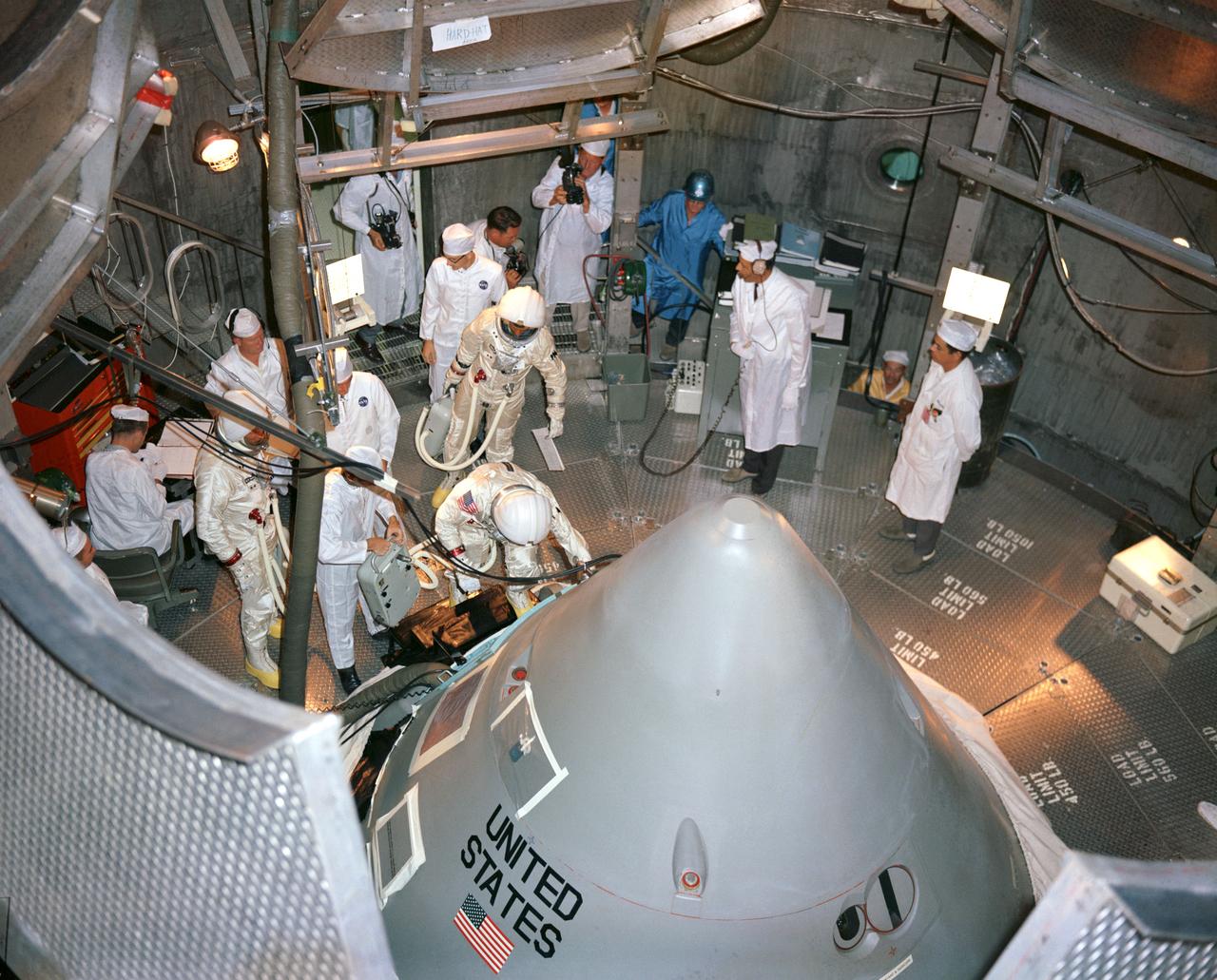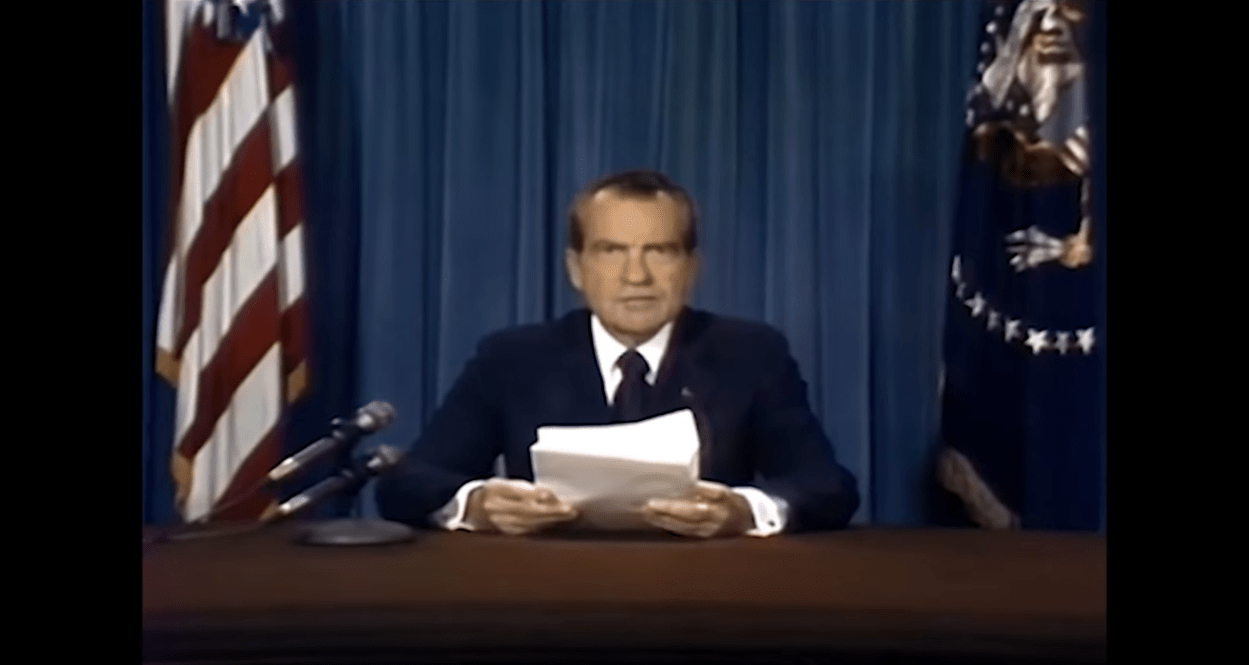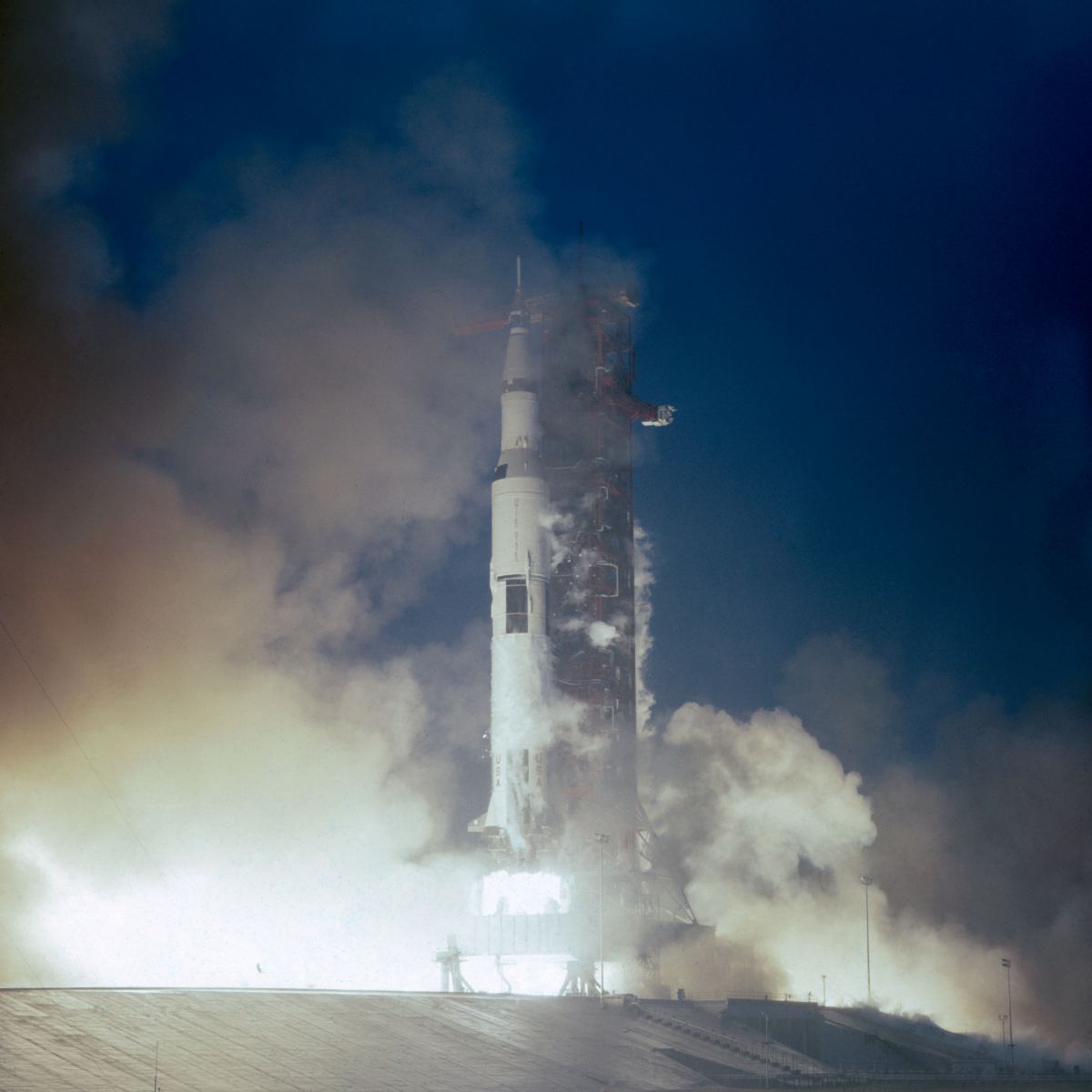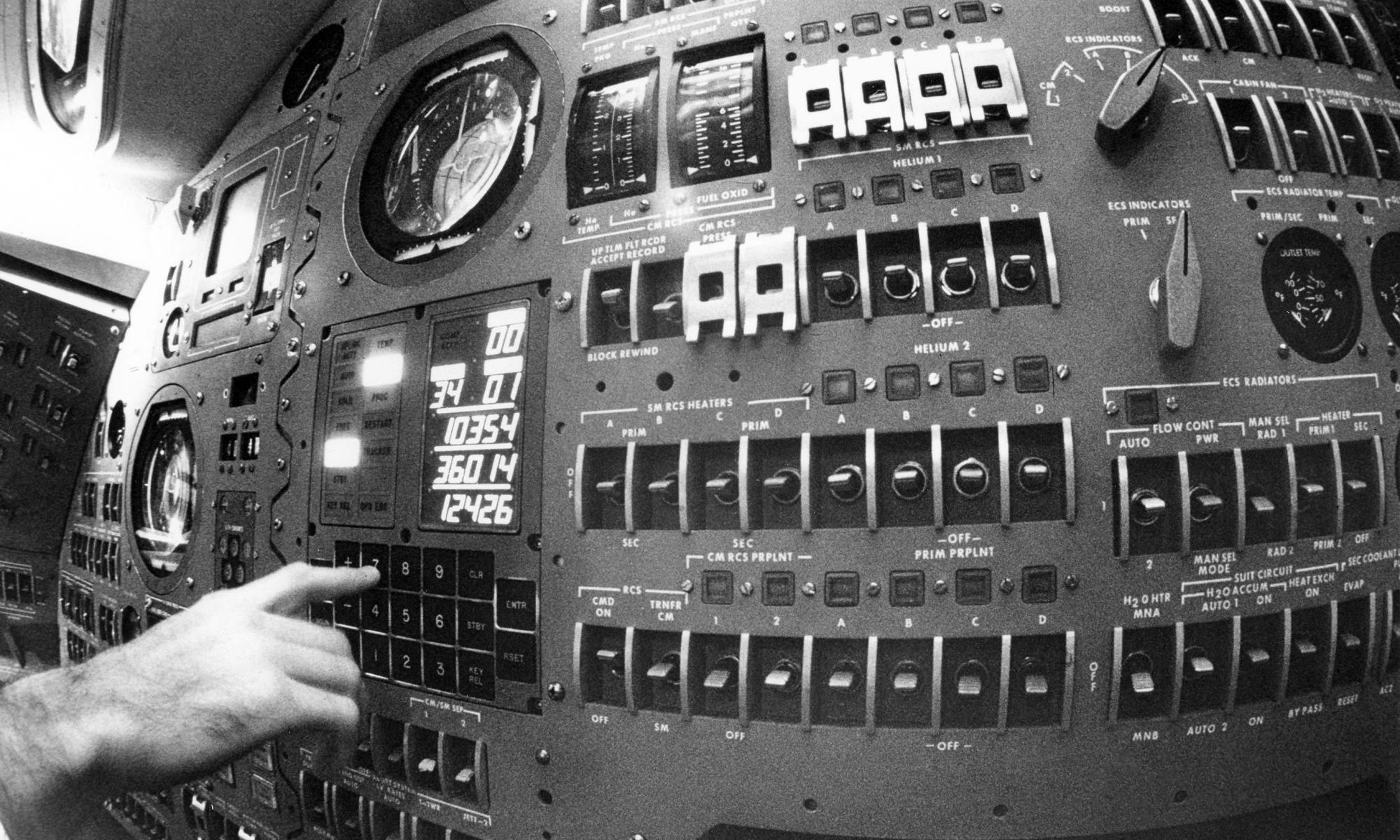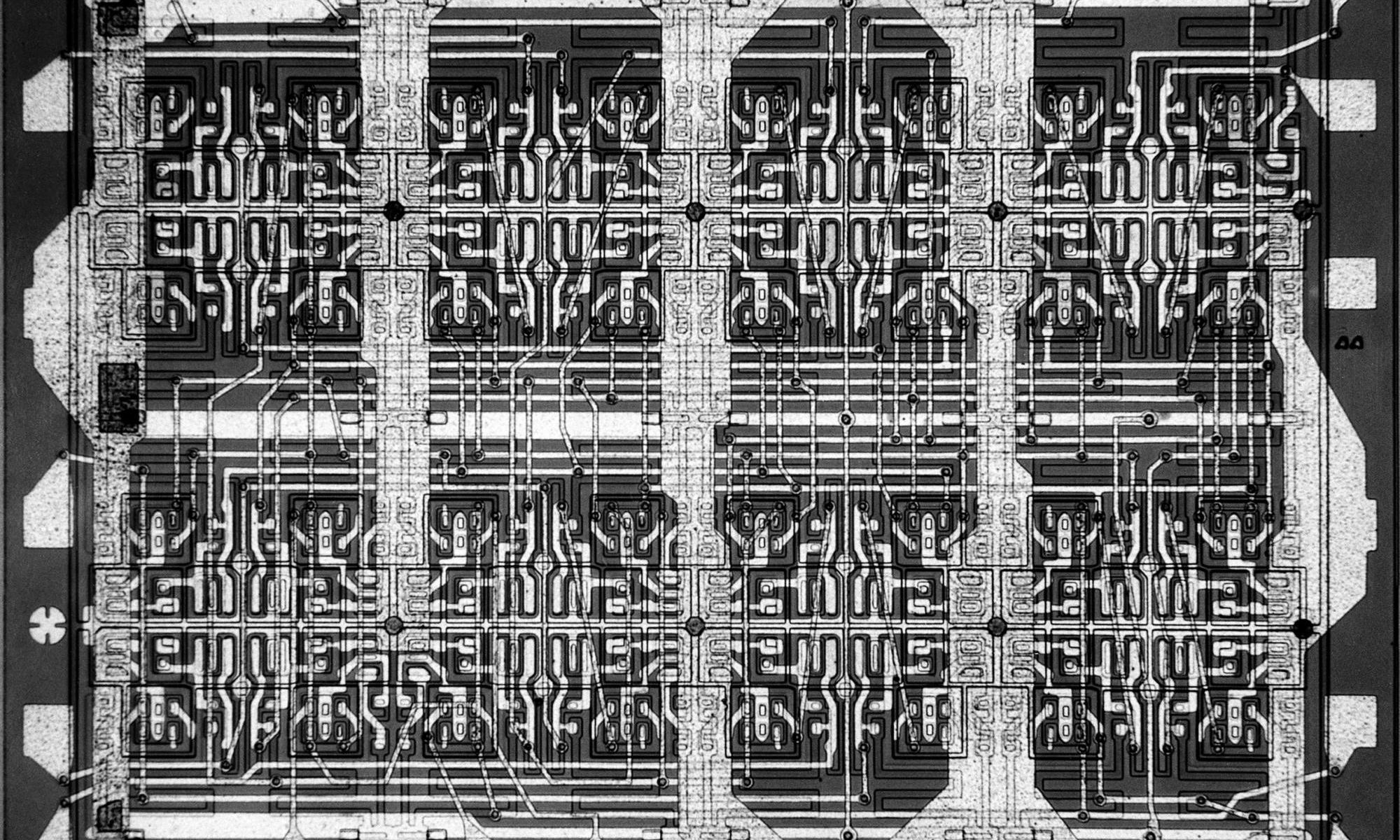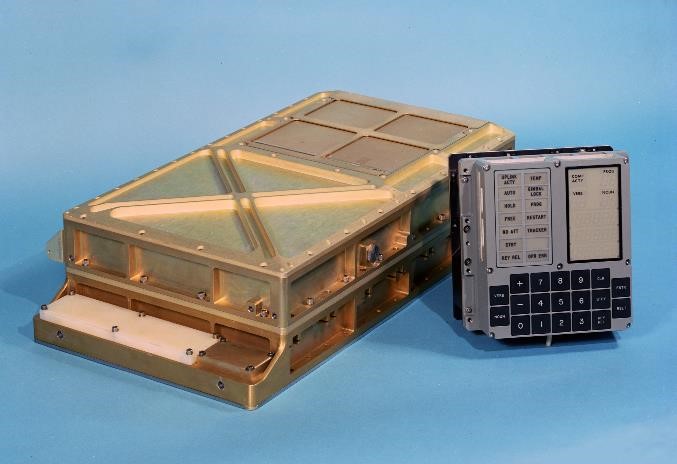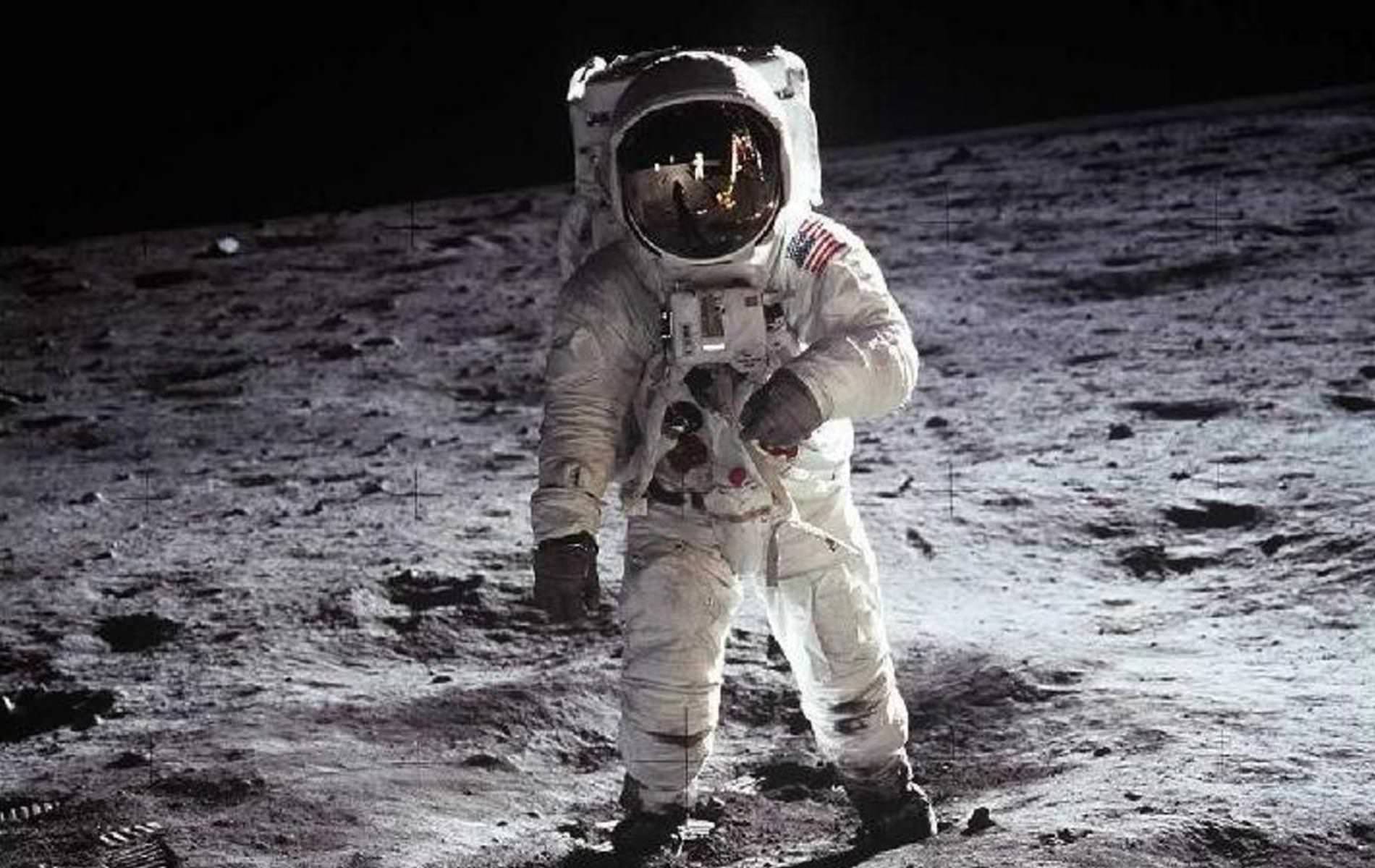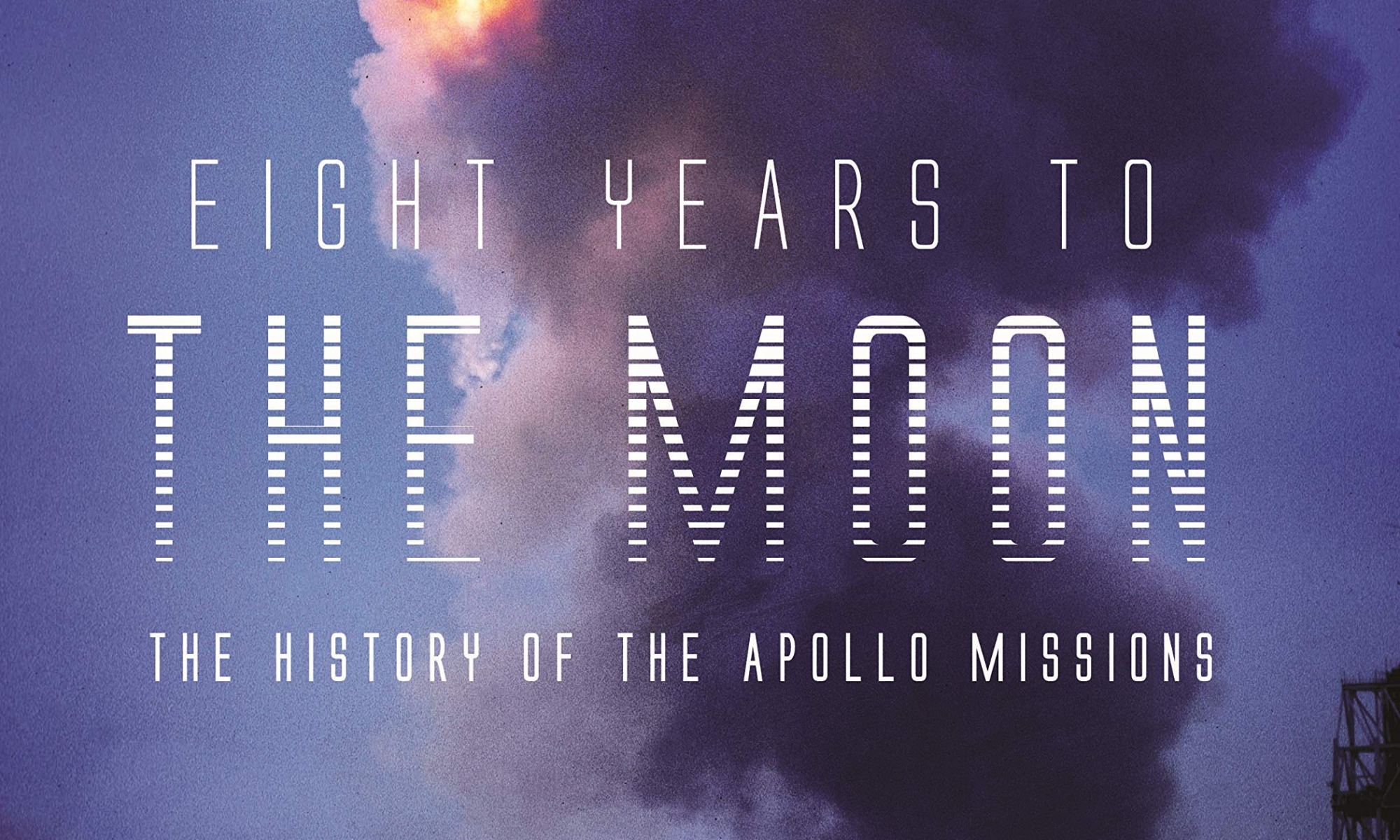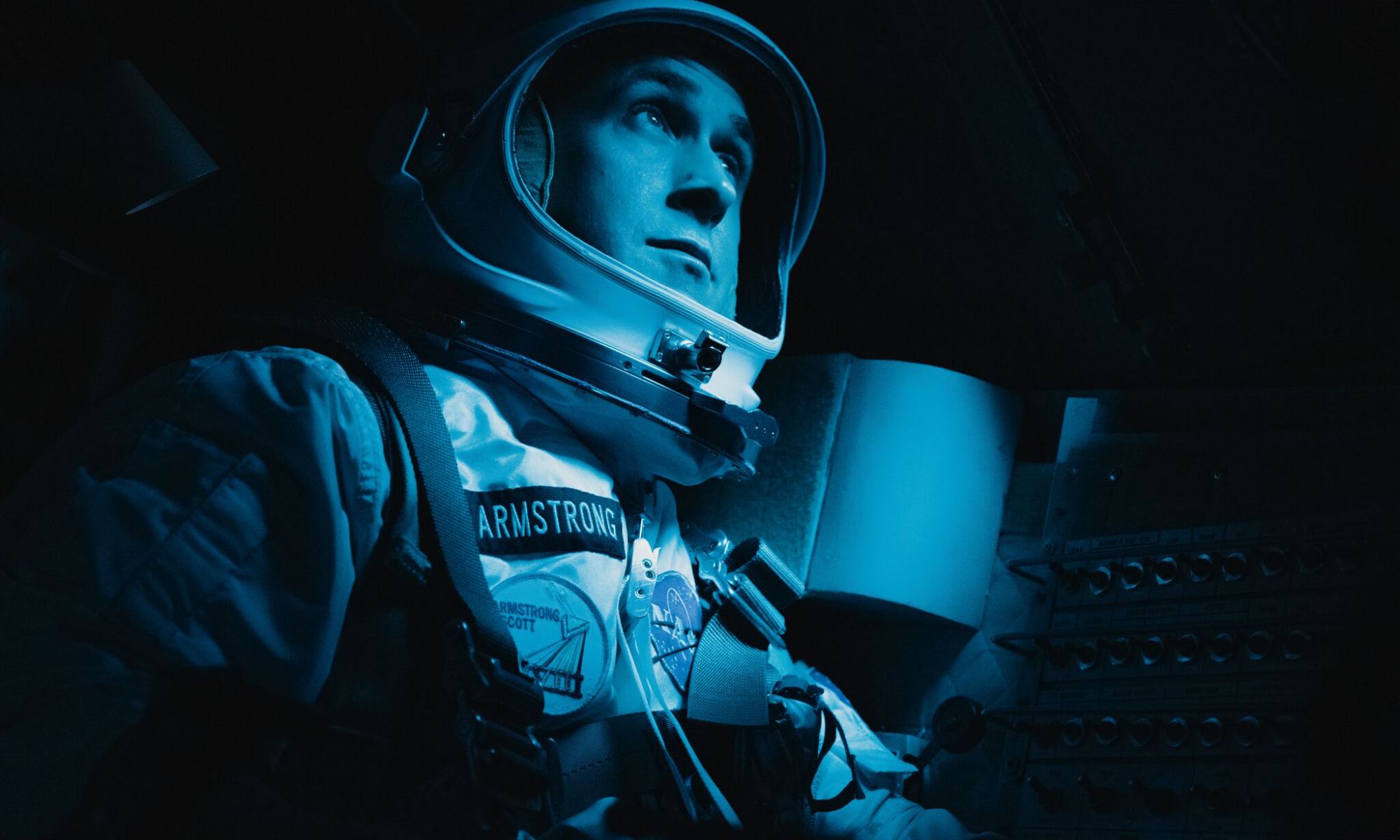Apollo 13 was supposed to be the third mission to land humans on the Moon. But on the night of April 13th, 1970, an oxygen tank in Apollo 13’s Service Module exploded. And so began the most perilous but eventually triumphant situation ever encountered in human spaceflight.
The explosion crippled the Apollo 13 Command Module and endangered the lives of astronauts Jim Lovell, Fred Haise, and Jack Swigert. During the four days that followed, thousands of people back on Earth worked around the clock to ensure the astronauts’ safe return.
Continue reading “Even More Things That Saved Apollo 13, part 1: The Barbecue Roll”

